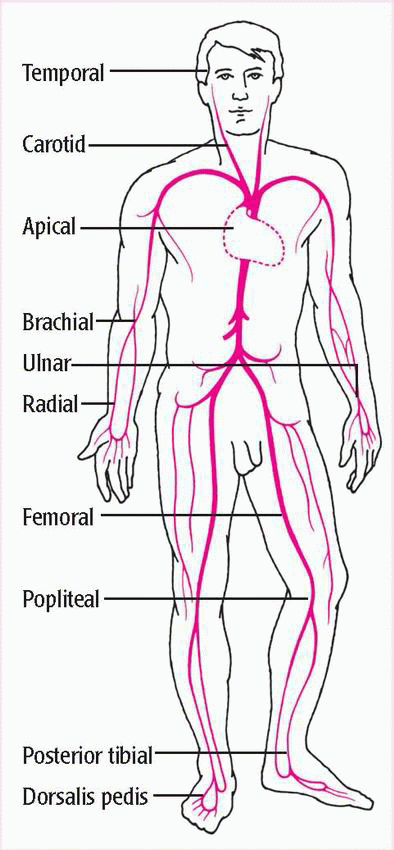


Thus, the study population consisted of 151 patients. Patients with atrial fibrillation ( N=2), history of myocardial infarction ( N=51) or complete left bundle branch block ( N=4) were excluded from the study. All patients underwent palpation of the apex beat and electrocardiography during the week before the day on which CT angiography was performed. The study population consisted of 208 consecutive patients (159 males, 49 females mean age±s.d., 65☑0 years), without contraindications to MSCT, such as severe renal dysfunction or iodine contrast allergy, who underwent MSCT angiography for coronary artery evaluation between May 2007 and August 2008. The present study has been designed for this purpose. 7, 8, 9, 10 Thus far, few studies have evaluated the clinical value of palpating the apex beat and the ECG voltage criteria in the detection of LVH while considering two distances from the heart to the inner chest wall and to the chest surface. Recent advances in multislice CT (MSCT) have improved the spatial and temporal resolution of this technique, thereby enabling assessment of not only coronary artery stenosis and plaques but also LV function, volume, mass and the exact distance from the heart to the chest wall. 7 However, our previous study has not revealed which distance factors from the heart to the chest wall (to the inner chest wall or to the chest surface) were more strongly associated with the apex beat. Recently, we demonstrated that the presence of an apex beat in the supine position was not only associated with LV mass but also with the distance from the heart to the chest wall and that in patients with a palpable apex beat, only LV mass was an independent factor associated with the pattern of sustained or double apical impulse. 5, 6 However, patients with a palpable apex beat are limited in number in the supine position because of the effect of body size. In general, the pattern of sustained or double apical impulse has been considered a sensitive indicator of LVH. On the other hand, although physicians frequently palpate the apex beat to evaluate cardiac size, function and LVH, the clinical significance of this diagnostic maneuver remains unclear. 2, 3 However, previous reports indicated that the Sokolow–Lyon voltage criteria had low sensitivity in the detection of anatomical LVH, which is defined as increased LV mass, and that the sensitivity of the Cornell voltage criteria to detect LVH was superior to the Sokolow–Lyon criteria while maintaining good specificity. LVH detected on an ECG is a common manifestation of preclinical cardiovascular disease. 1 To detect LV hypertrophy (LVH), two primitive non-invasive methods have been recommended as screening tests: 12-lead ECG and palpation of the apex beat. Several studies have shown that increased left ventricular (LV) mass is associated with a significant increase in the cardiovascular mortality and morbidity. Among the screening tests for excluding patients with LVH, Cornell voltage or the apex beat would be better than Sokolow–Lyon voltage because these are less dependent on body size and have higher specificity. Multivariate analyses revealed that the pattern of sustained or double apical impulse showed a stronger association with the distance to the inner chest wall than to the chest surface, but Sokolow–Lyon voltage was associated with the distance to the chest surface. Contrarily, the distance to the chest surface was correlated with the body mass index. Furthermore, the distance to the inner chest wall was negatively correlated with left ventricular end-diastolic volume and mass. The pattern of sustained or double apical impulse and Cornell voltage had higher specificity as an indicator of LVH than Sokolow–Lyon voltage. Sokolow–Lyon voltage and Cornell voltage to detect LVH were determined. The apex beat was palpated with patients in the supine. The study population consisted of 151 patients clinically judged as requiring MSCT angiography. The aim of this study was to investigate the clinical value of the apex beat and two ECG voltage criteria in the detection of left ventricular hypertrophy (LVH) while considering two distances, from the heart to the inner chest wall and to the chest surface, measured by using multislice CT (MSCT).


 0 kommentar(er)
0 kommentar(er)
